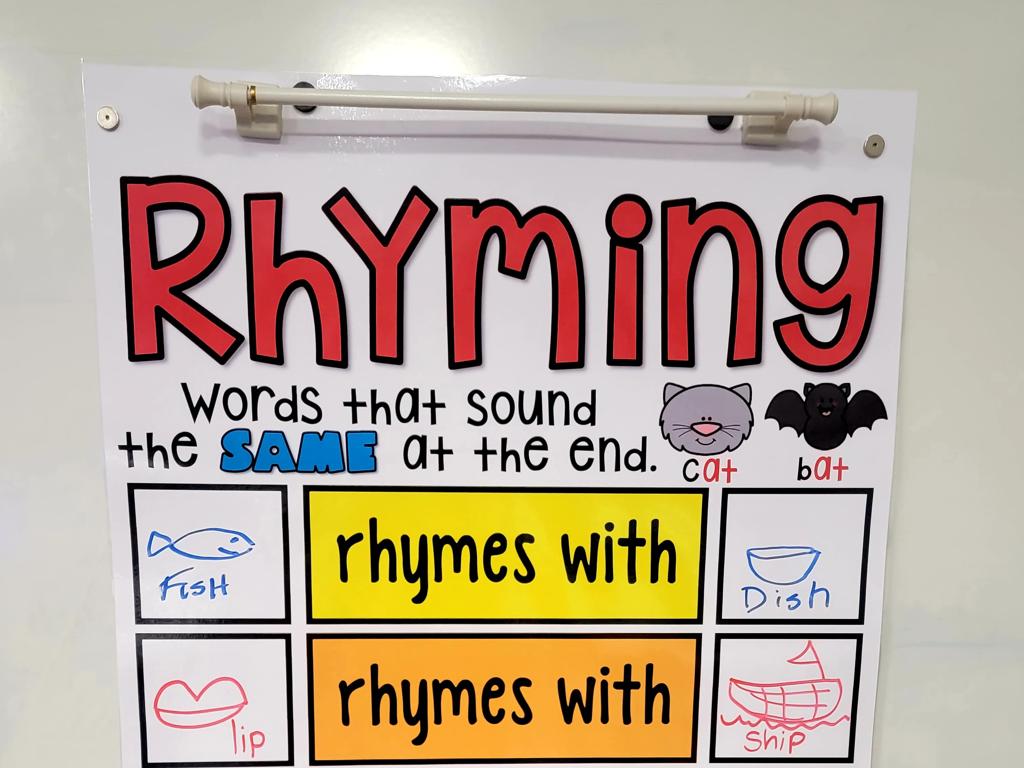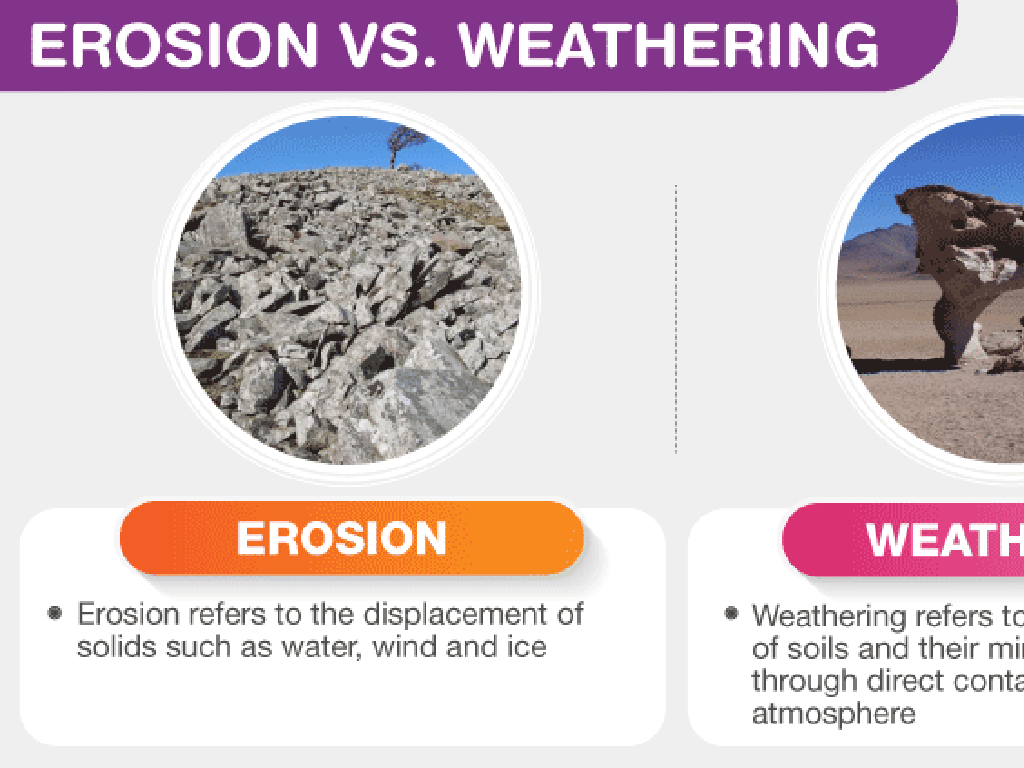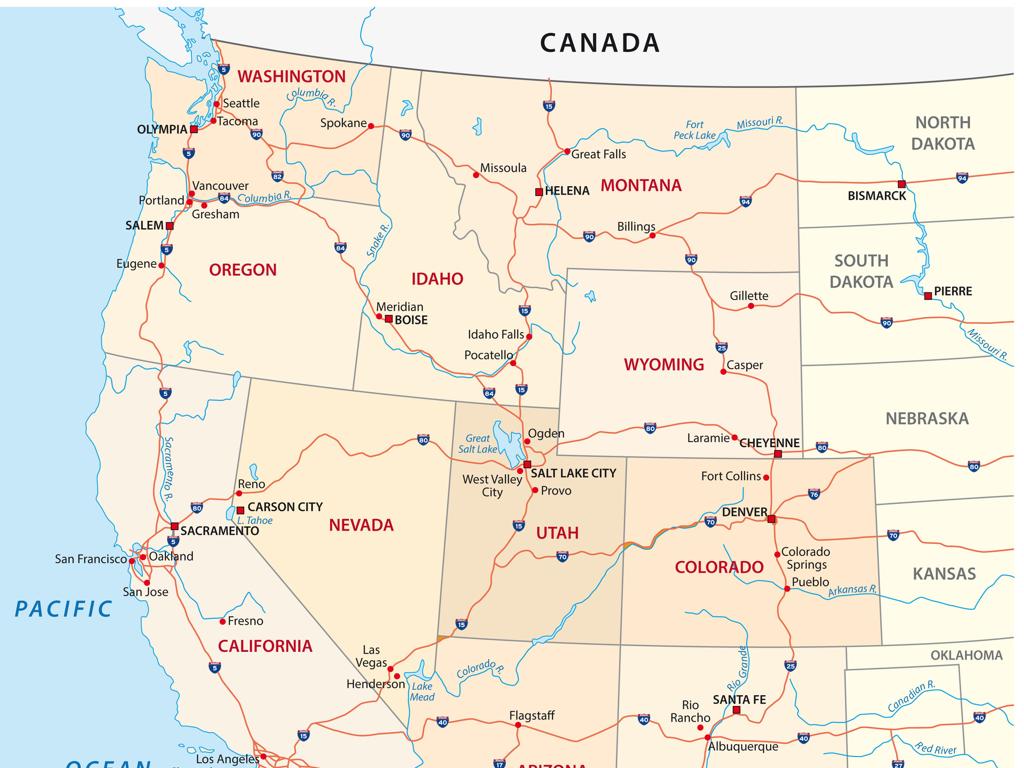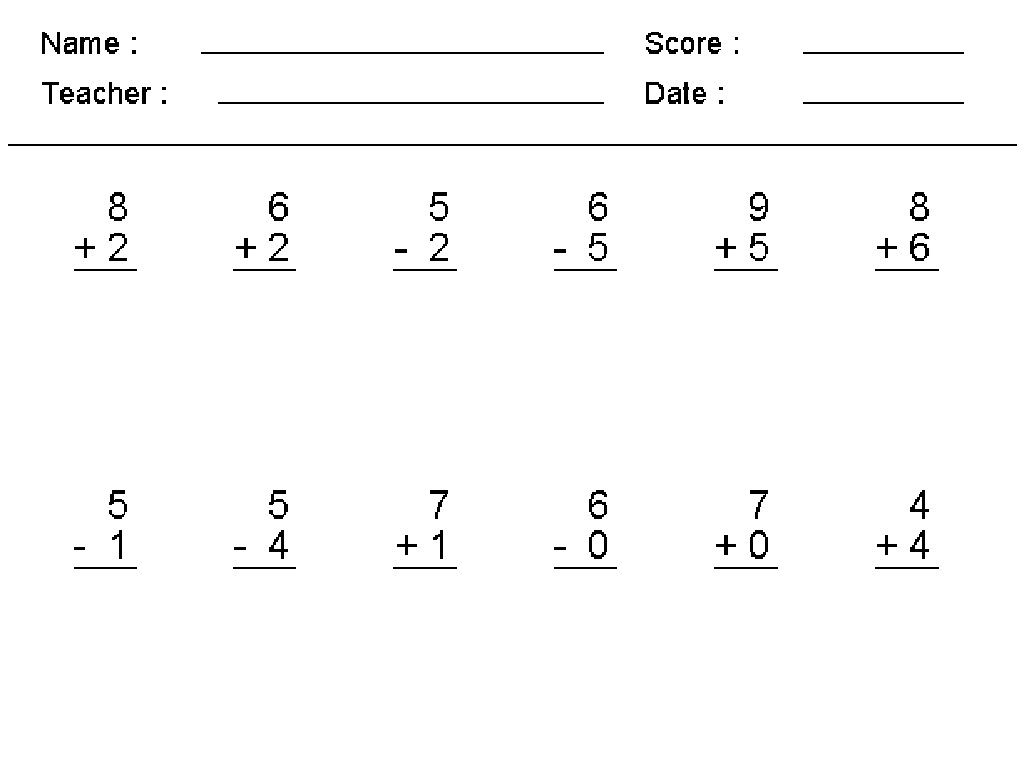Cities In The Gilded Age
Subject: Social studies
Grade: Seventh grade
Topic: The Gilded Age
Please LOG IN to download the presentation. Access is available to registered users only.
View More Content
Exploring Cities in the Gilded Age
– Introduction to the Gilded Age
– A period of rapid economic growth from 1870s-1900
– Decoding ‘Gilded Age’ meaning
– ‘Gilded’ implies shiny exterior but issues beneath
– Focus: Urban growth in the era
– Cities expanded with industry, immigration, and innovation
– Expectations for today’s lesson
|
The Gilded Age, a term coined by Mark Twain, refers to the late 19th century period in the United States characterized by rapid economic growth and a facade of prosperity that masked underlying social issues. During this lesson, students will learn about the significant urbanization of cities, driven by industrialization, immigration, and technological advancements. The class will explore how these factors contributed to the growth and transformation of American cities, the challenges faced by urban populations, and the contrasts between wealth and poverty. Encourage students to think critically about the implications of rapid growth and the disparities it can create within society.
The Rise of Urban America in the Gilded Age
– Understanding urbanization
– Urbanization is the process of cities growing and becoming more populated.
– Factors driving city growth
– Industrialization, job opportunities, and technological advancements spurred growth.
– Migration’s role in urban expansion
– People moved from rural areas to cities for better jobs and living conditions.
– Immigrant influx in the Gilded Age
– Immigrants from Europe and Asia settled in cities, contributing to diversity and workforce.
|
This slide aims to introduce students to the concept of urbanization during the Gilded Age. Discuss the transformation from rural to urban living and the factors that contributed to the growth of cities, such as the boom in industry and the lure of new jobs. Highlight the significant internal migration and the wave of immigration that brought millions to America’s shores, seeking opportunity. These movements led to the bustling, diverse, and densely populated cities that became a hallmark of the Gilded Age. Encourage students to think about how these historical patterns of urbanization compare to modern-day cities.
Life in the City During the Gilded Age
– Contrast of wealth and poverty
– The stark divide between the opulent lifestyle of the rich and the struggles of the poor.
– Tenements: working-class homes
– Overcrowded, unsanitary apartments where many laborers lived.
– Emergence of slums
– Poor areas in cities where living conditions were especially difficult.
– Challenges for slum residents
– Issues like crime, disease, and lack of sanitation were rampant in slums.
|
This slide aims to depict the stark contrasts of urban life during the Gilded Age. Students should understand the extreme disparities between the rich and the poor during this time. Tenements, often cramped and lacking basic sanitation, were common for the working class. Slums, as the most impoverished areas, presented numerous challenges for their residents, including health risks and higher crime rates. Discuss the social and economic factors that led to these living conditions and the impact they had on society. Encourage students to think critically about how these historical issues relate to modern times.
Innovations and Technology in the Gilded Age
– Tech advancements reshaped cities
– Innovations like electric lighting and elevators led to urban growth
– Transportation: streetcars to subways
– Streetcars, subways, and trains improved city connectivity
– Skyscrapers transformed skylines
– Skyscrapers, like the Home Insurance Building, became possible
– Steel-frame: The architectural revolution
– Steel-frame construction allowed buildings to reach new heights
|
This slide explores the technological innovations during the Gilded Age and their profound impact on urban development. Highlight how the introduction of electric lighting and elevators allowed cities to expand vertically and operate around the clock. Discuss the importance of transportation advancements, such as streetcars, subways, and trains, in improving mobility and shaping the modern city layout. Explain the significance of skyscrapers, which became a symbol of economic power and progress, and how steel-frame construction revolutionized architecture by enabling structures to soar to unprecedented heights. Use examples like the Home Insurance Building in Chicago to illustrate these points. Encourage students to think about how these innovations compare to modern technology and city life.
Social and Cultural Changes in the Gilded Age
– Emergence of entertainment venues
– Theaters, museums, and parks became popular as leisure activities.
– Growth in education and literacy
– More schools were built, and reading became a common pastime.
– Newspapers’ role in society
– Newspapers were key in shaping public opinion and spreading information.
– Mass media’s expanding influence
– Mass media began to reach a wider audience, influencing culture and trends.
|
This slide explores the social and cultural transformations during the Gilded Age, focusing on the rise of entertainment options like theaters, museums, and parks that provided new leisure activities for the public. Education also saw significant improvements with increased literacy rates due to the establishment of more schools and libraries. Newspapers played a crucial role in informing and influencing the masses, while the advent of mass media started to shape the broader cultural landscape. Encourage students to think about how these changes might compare to the role of entertainment and media in their own lives today.
Political Machines and Corruption in the Gilded Age
– Definition of political machines
– Organizations controlling politics and votes, often through corruption
– Impact of corruption on cities
– Corruption led to unfair policies and misuse of city funds
– Boss Tweed and Tammany Hall
– William ‘Boss’ Tweed led Tammany Hall, a notorious political machine in NYC
– Understanding political influence
|
This slide delves into the concept of political machines during the Gilded Age, focusing on how they operated and influenced city life through corruption. Political machines, like Tammany Hall, were powerful organizations that used patronage and graft to maintain control of local governments, often leading to the misallocation of public funds and unjust policies. Highlight the role of Boss Tweed as a prime example of a political machine leader. Discuss the broader implications of political corruption on the urban development and daily lives of city dwellers during this era. Encourage students to think critically about the impact of such corruption on society and governance.
Reform Movements in the Gilded Age
– Addressing urban challenges
– Efforts to improve poor city conditions
– Reformers and settlement houses
– Community centers aiding immigrants and the poor
– Key reforms enacted
– Child labor laws, safety codes, education reforms
– Impact on city life
– Better living and working conditions emerged
|
This slide delves into the reform movements during the Gilded Age, focusing on the initiatives taken to improve the often dire conditions in growing cities. Students should understand the problems faced by urban populations, such as overcrowding, sanitation issues, and exploitation of workers. Highlight the role of reformers and the establishment of settlement houses that provided essential services to immigrants and the poor. Discuss significant reforms like child labor laws, building safety codes, and the push for public education, and how these changes had a lasting positive impact on city life. Encourage students to think about how these reforms relate to current issues in urban areas and the importance of civic engagement.
Class Activity: Building Our Gilded Age City
– Divide into groups for city model project
– Include tenements, skyscrapers, transportation
– Tenements: crowded apartments, skyscrapers: tall buildings, transportation: streetcars, trains
– Present your city model to the class
– Discuss features and challenges of your city
– Talk about living conditions, urbanization, and city planning
|
This activity is designed to help students understand the complexity and dynamics of urban development during the Gilded Age. By dividing the class into groups, students will collaborate to create a physical model of a city from this era, incorporating key elements such as tenements, skyscrapers, and transportation systems. This hands-on project encourages students to engage with historical concepts and consider the social and economic challenges of the time. As a teacher, facilitate the group formation and provide materials for the model construction. Offer guidance on historical accuracy and relevance. Possible activities for different groups could include focusing on different aspects of the city, such as residential areas, industrial zones, or public services. After the presentations, lead a discussion on how these features shaped the lives of people during the Gilded Age.






